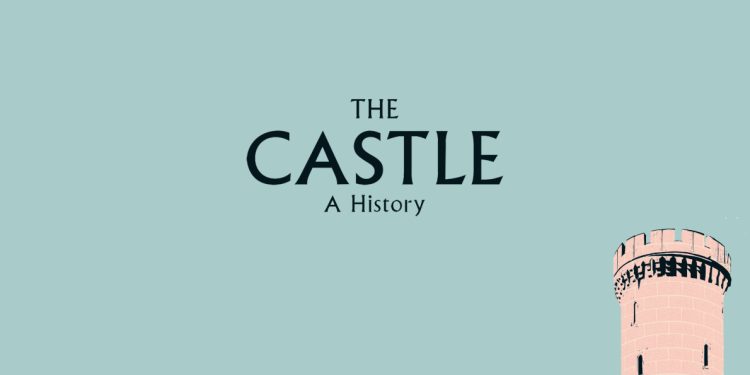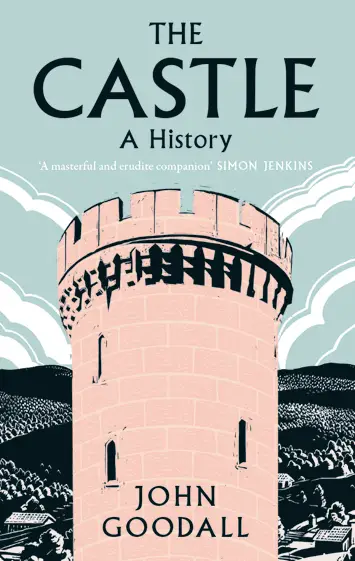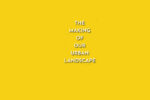The Castle: A History by John Goodall – Review

By Sandra Callard
This new book by John Goodall is a fascinating and unusual take on the castles of England in that it shows the reader inside and beyond the usual descriptions of these massive buildings and fortifications. Many were built purely for show and never had an arrow shot from a beautifully built castle wall, whilst others were used forcibly and successfully in defence or aggression.
The author carries the reader through a swathe of castles, starting with the massive Bamburgh Castle in Northumbria and how it managed to repel an army of Mercians in 655 in a very unusual way. The author indicates how and why these huge buildings were used, marking particularly the amazing amount of idiosyncrasy that many of them showed in their designs, as well as the gloriously stunning fortifications that were built around the eleventh century and onwards.
John Goodall defies the accepted thesis that castles were only built for defensive purposes. Huge wars that necessitated the use of massive buildings like the castle were rare in England after 1066 because England was never successfully invaded again, but the castles were there and are still here. Most battles henceforth were between England, Wales and Scotland, or even for more domestic reasons, but the mass of castles were certainly used for ostentation and show. Durham, for instance, flaunts a castle and a cathedral almost side by side, and the effect is wonderful.
“Interesting and unusual”
 The author includes famous names such as Windsor Castle, The Tower of London, Kenilworth Castle and Lincoln Castle, as well as the lesser known, but just as interesting, buildings such as Framlingham Castle, Naworth Castle and Newark Castle. Each one is partly familiar and yet has certain ambiguities that are totally their own.
The author includes famous names such as Windsor Castle, The Tower of London, Kenilworth Castle and Lincoln Castle, as well as the lesser known, but just as interesting, buildings such as Framlingham Castle, Naworth Castle and Newark Castle. Each one is partly familiar and yet has certain ambiguities that are totally their own.
The inclusion of a section on World War II is particularly interesting, as the use of castles was important. Dover remained an important base as it was within range of occupied France, and Carlisle Castle had a light machine gun platform hoisted on its roof with a crew of two men.
The author, surprisingly, lends an interesting and unusual section to the actual principles of castle design and building in the twelfth century. Roughly, the importance of strength is thus: A ditch, a wall and a tower are the basic essentials which form a concentric line of defence, because they all defend the one above them. Simple, but effective. England itself was at war with Wales and Scotland intermittently throughout the following centuries and castles were used as prisons until 2012 when Lancaster Prison discharged its final visitors.
All castles were originally for one purpose only, to defend the owners and their families and workers from their aggressors, and as this reason slowly became irrelevant, castles also fell into disarray, or were used for various other things. But happily most are still with us, and as a nation we like to preserve our past. This book is of massive interest to history lovers, and to anyone who loves a day out wandering the lovely buildings we possess, especially the old and still standing wonderful castles of England.
‘The Castle: A History’ by John Goodall is published by Yale University Press, £18.99 hardback









